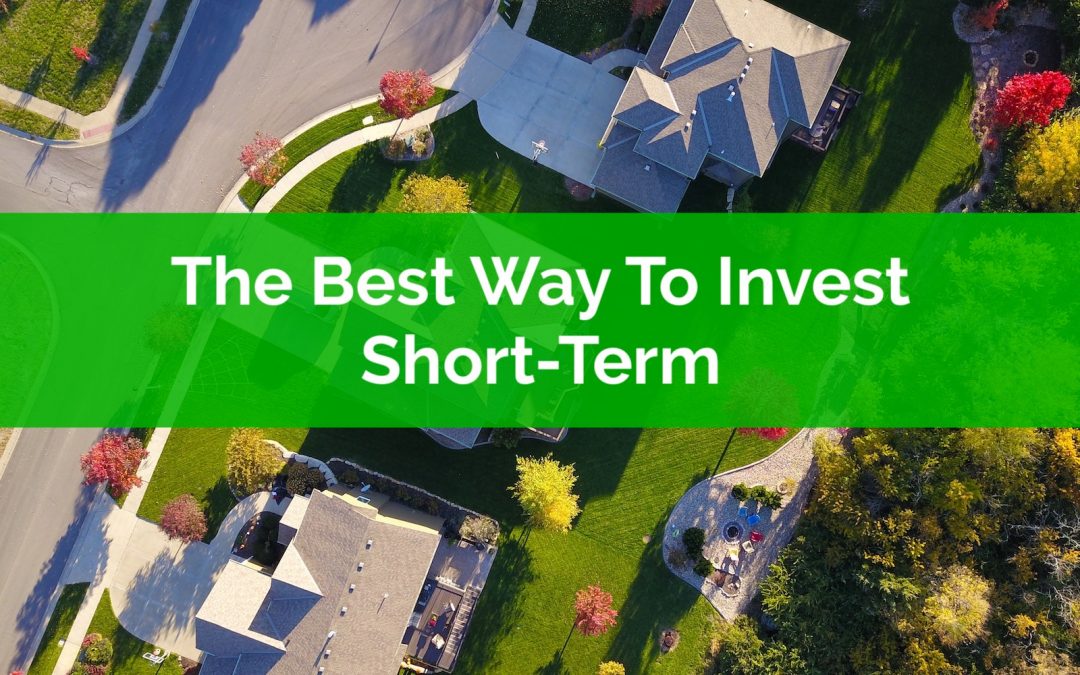
by Owen | Jan 27, 2020 | Buying A Home, Down Payment, Financial Planning, Investment Planning, Retirement Planning
When planning to reach a financial goal, one very important aspect is the timeline. How much time do you have until you want to meet your goal? Is it 1-year, 3-years, 5-years, 10-years or maybe it’s a long-term goal like 25+ years.
Your timeline is a very important factor to consider. Your timeline is going to help inform decisions about how much risk you should be taking and the best way to invest.
One common mistake people make is that they make investment decisions without thinking about their timeline. They’re mostly focused on getting the highest return, making the most of their money, and not leaving anything on the table. But they don’t fully appreciate the short-term risk associated with a decision to “maximize returns”.
Over the long-term, taking on more risk can be a smart decision, but over the short-term that extra risk can cause some wild swings.
If you need access to money within a few years then you need to choose a good way to invest short-term.
Maybe it’s for a down payment, or maybe it’s to pay for post-secondary education, maybe it’s to pay for an expensive once-in-a-lifetime trip in retirement, or perhaps it’s a wedding gift for your daughter and soon to be son-in-law. Whatever the reason, if you need access to a large amount of cash within the next 3-5 years then you need a good short-term investment.
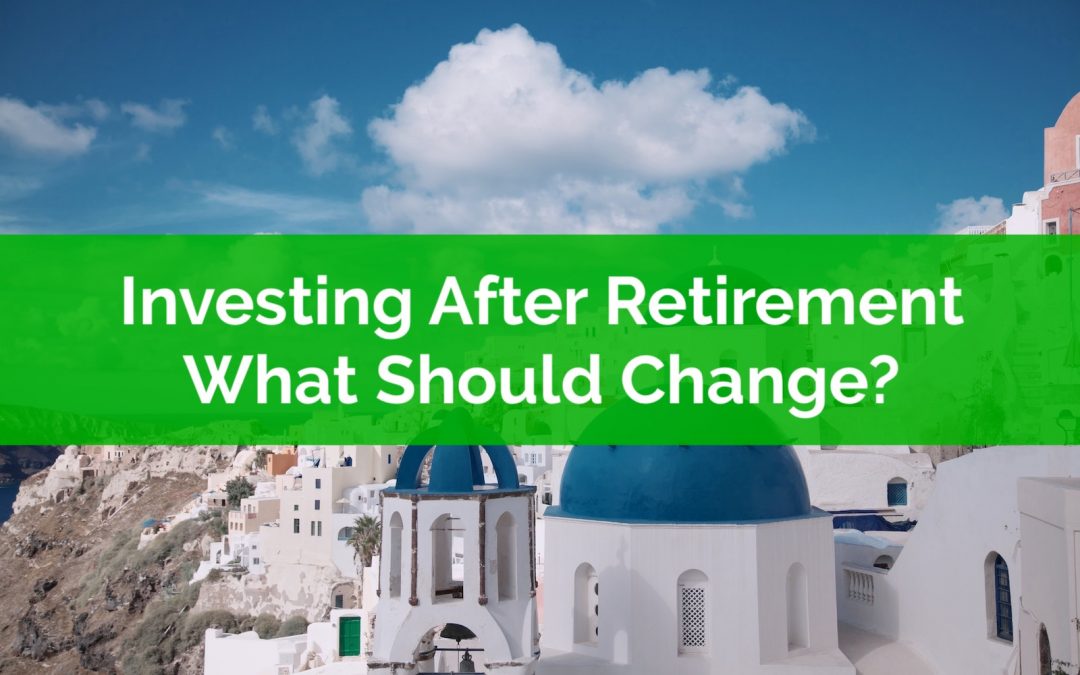
by Owen | Dec 2, 2019 | Behavioral Finance, Investment Planning, Retirement Planning
Should anything change when investing after retirement? Are there specific investment options for after retirement? Should you change your asset allocation after you’ve retired?
For the average retiree their investment portfolio will make up a significant portion of their retirement income. Most of us will receive some government pension from CPP and OAS. Some of us may also receive retirement income from a defined benefit pension as well. But even in those situations we’re probably still creating some retirement income from an investment portfolio each year and this income is critical to help us reach our spending goals.
Given investment income is such an important part of most retirement plans, should anything change when investing after retirement?
For some people the answer might be yes. But for most of us the answer is probably no.
There are a few important factors to consider when investing after retirement and the three big ones are asset allocation, investment fees, and complexity.
These three factors are important to consider when investing after retirement. Depending on how your investment portfolio currently stands against these three factors it may warrant making some changes before entering retirement.
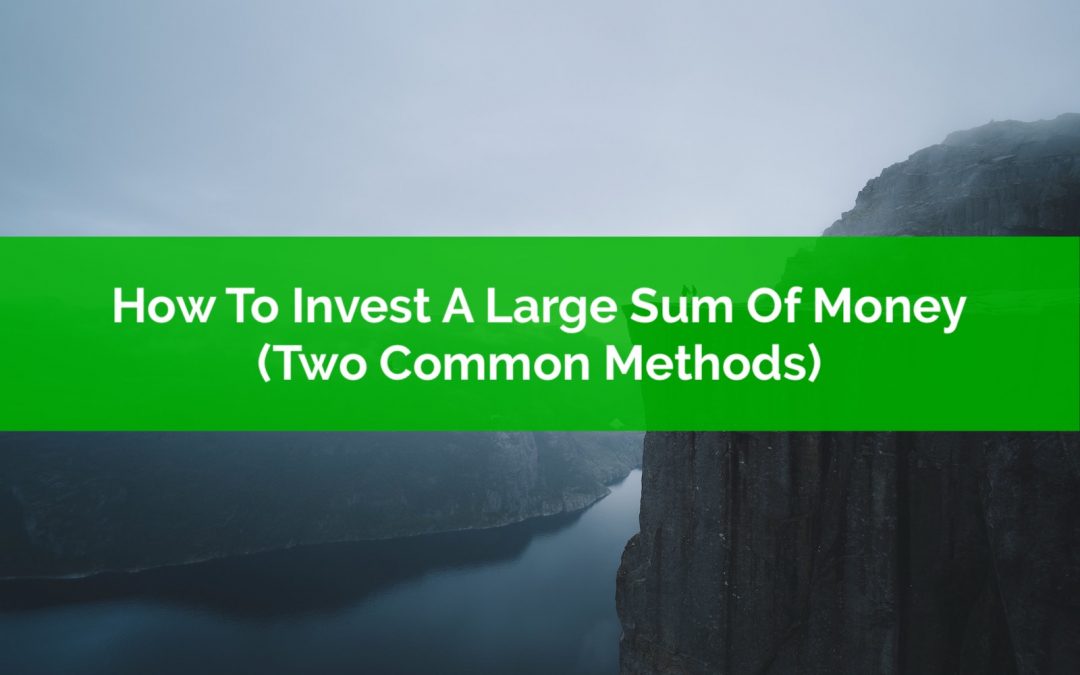
by Owen | Nov 18, 2019 | Behavioral Finance, Financial Planning, Investment Planning, Windfalls
At some point in their life many investors are faced with deciding how to invest a large sum of money. This large sum of money could be from something like an unexpected bonus, or the proceeds from downsizing a home, or from something unfortunate like the passing of a family member.
Investing a lump-sum can be a daunting experience for even the most experienced investor. There can be a lot of fear and worry when it comes to investing a large lump-sum. Fear of what could happen if the market drops right after you invest.
Often this fear and worry can cause delays. Sometimes these delays can extend for months or even years, with large piles of cash sitting in a savings account waiting for the “right time” to invest.
These fears are understandable. There is a fairly good chance when investing a lump-sum that you could see the balance drop in the future. In the example below you’ll see that during approximately 67.3% of historical periods investing all at once is the better financial decision, but that means 32.7% of the time it is not.
There are two main methods when it comes to investing a lump-sum. Which method you choose will depend on how you’re feeling. Are you worried about what might happen if you invest a lump-sum all at once? Or are you ok with the risk because there is a good chance of higher financial gain?
When deciding how to invest a large lump-sum there are two common methods. One method is to invest the entire lump-sum all at once. This is mathematically the best option. The other is to dollar cost average smaller amounts into the market over time. This is psychologically often the best option.
Psychology is one consideration when choosing how to invest a large sum of money. Probability and expected return is another consideration. These are two important considerations when choosing how to invest a lump-sum.

by Owen | Nov 11, 2019 | Buying A Home, Investment Planning
What is the best way to save money for a house? This is an interesting question and the old advice might require a new perspective given the reality of the current housing market. Home prices have changed dramatically over the last few years and this is impacting how people are making decisions around home ownership.
Over the last few years we’ve seen the average home price increase faster than our ability to save for a down payment. This can make it difficult to save money for a house and this can push home ownership to later stages in life.
This trend in home ownership has been happening for decades, with home ownership shifting later and later. This may be due to a number of factors but there is a definite trend towards purchasing a home later in life.
In 1981 approximately 55.5% of those who were over age 30 lived in their own home.
In 2016 approximately 50.2% of those who were over age 30 lived in their own home.
With the continued increase in home prices since 2016 it’s reasonable to assume that home ownership will continue to shift into the 30+ age group.
So if purchasing a home is happening later in life, does that change the way we save money for a house? Does that change the way we build up our down payment?
Conventional financial advice would suggest that any savings required in the next 1-5 years should be kept in something safe, like a GIC or a high-interest savings account. Historically this meant that savings for a down payment would go into one of these safe investment vehicles.
But what if someone is starting their career in their early 20’s and isn’t planning to purchase a home until their early 30’s, late-30’s or maybe even their 40’s? Should they still be saving for a down payment in a safe investment like a GIC?
Maybe, or maybe not. In this post we’ll explore a different way to save money for a house. A way that is perhaps more reflective of purchasing a home later in life.
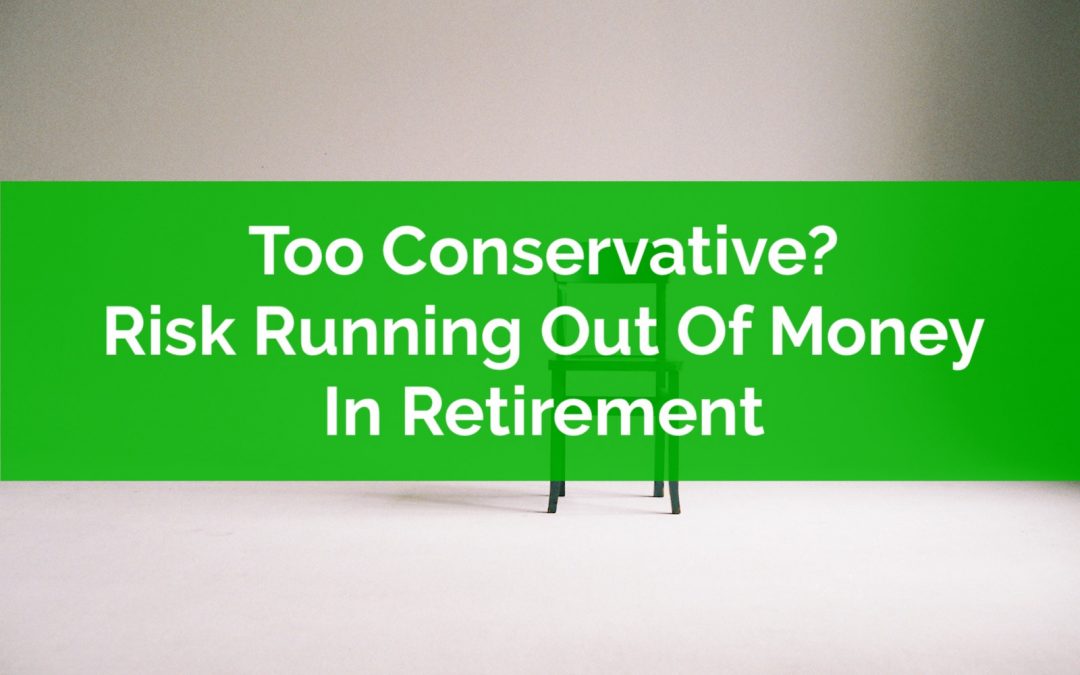
by Owen | Oct 14, 2019 | Behavioral Finance, Investment Planning, Retirement Planning
When it comes to retirement planning, one of the biggest fears is often the risk of running out of money. It can be worrisome to think about what could happen if you’re unable to support your expenses in the future.
Sometimes these fears can lead to people choosing a more conservative risk profile, or holding a lot of cash, but taking these defensive measures can often increase the risk of running out of money in the future.
A more conservative asset allocation decreases market risk, the risk we take on when we invest in the stock market. But a conservative asset allocation actually increases other types of risk, like the risk of running out of money, or the risk of being impacted by high inflation rates.
A more conservative asset allocation can actually increase risk in retirement, especially for longer retirement periods. Your typical 30-40 something couple has a very good chance of either one making it to age 100+ in the future. There is a 25% chance that one of them will make it to age 98 and a 10% chance that one of them will make it to age 101!
Without making other changes, like a lower withdrawal rate, more flexibility with spending, part-time income etc, being more conservative can actually lead to a much higher probability of running out of money before age 100.
Let’s explore why this is the case and what you need to consider when creating your retirement plan…
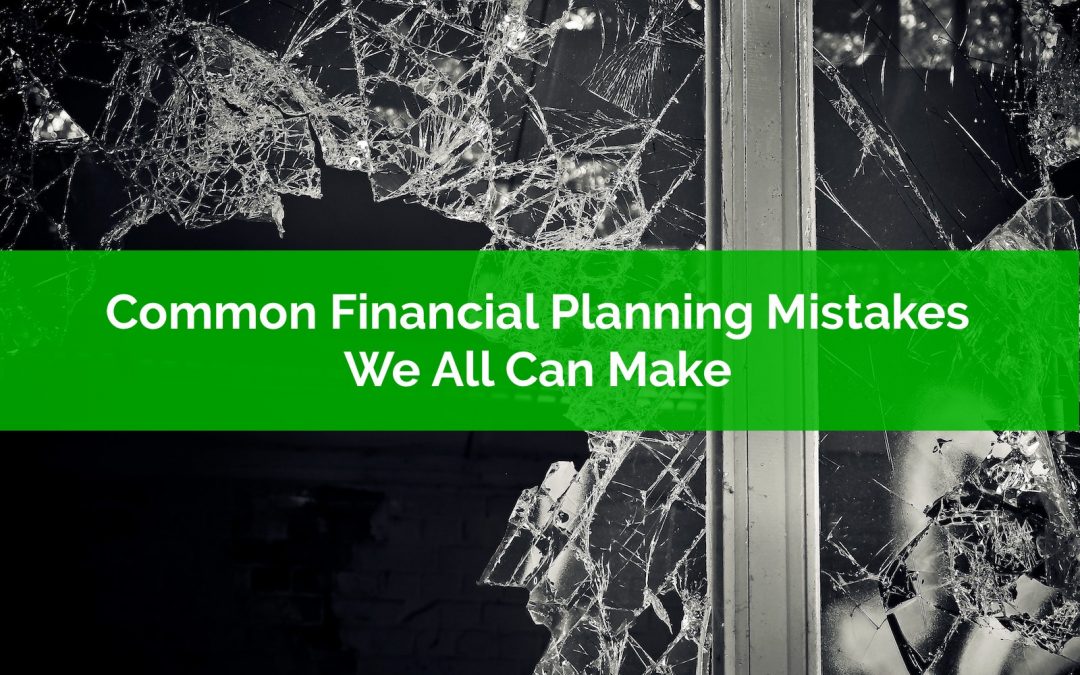
by Owen | Aug 19, 2019 | Behavioral Finance, Investment Planning, Retirement Planning, Tax Planning
When we do our own financial planning we’re often too close to our own situation to have an objective perspective. We may focus on the wrong problems… or take a narrow view of the potential solutions… or miss potential issues entirely.
One of the benefits of working with a financial planner is that they provide a second set of eyes for your financial plan. Most people are already on the right path, but there are common issues that may end up working against you. A financial planner can help find these common mistakes that may otherwise go unnoticed.
Financial planning isn’t rocket science, it’s something that can be done on your own. The math itself isn’t terribly difficult, and there are tools available online to help, but one of the major downfalls of the DIY approach is that we can be somewhat oblivious to our own personal biases.
Basically, we’re too close to our own financial situation to be entirely unbiased (This goes for financial planners too!) There are certain financial planning mistakes that we all tend to make if we’re not careful.
These mistakes can lead to potential issues over time. These issues can create more risk, or decrease investment return, or increase taxes, or create a higher risk of running out of money in retirement.
These mistakes are quite common and identifying these potential issues is the first step to creating a stronger financial plan.
Page 12 of 15«...1011121314...»






